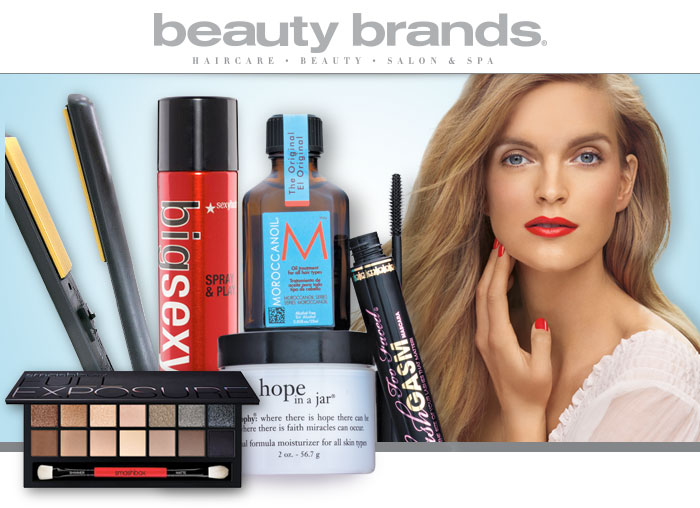Supersize Consumerism: Bigger & Better Is Affecting Product Design

The less is more theory may work well for women who want to portray a more natural appearance, but supersize products are the it thing of this day and age. One thing to consider is that larger size products may call for adjustments in product design that increase production cost and affect packaging requirements too.
America has long been labeled as a Supersize Society. Everything seems to come in packages with multiple servings and the products are not specifically identified as Family Size. What is disturbing to many health conscious consumers is the idea that fast food restaurants and other dining establishments are buying into the idea of larger portion sizes. Healthy lifestyles do require some restrictions and control. Obesity is a major problem in America in particular. Meeting the demands of consumers, by offering quality and larger portions means, customers get more fyuck heir buck. Implementing that type of more for less strategy (where money and profits are concerned) is business savvy for sure. Except, again, what about limitations and self control in the name of health? When the idea of what supersize means shifts from portion sizes to product design, the ideas surrounding it sort of change.
For example, consider something as simple as the straw. Gone are the days when the standard size straw was used most of the time in the home. Today, larger beverages like the ever so popular Arizona Teas and Marley Teas on the market require the use of larger straws like the ones offered by Diamond Straw. With something as simple and practical as a straw, the need to change product design or at least upgrade becomes clearer. In the case of the straw, larger beverages pushed innovation. Some retailers are already including larger straws in their inventory. Will larger beverages drive more retailers to do the same? It certainly is possible. The idea of it begs a more pressing question. Will it drive out the standard size straw forever? Only time will tell. After all, innovation does not have to mean that older trends need to be eliminated. No matter what type of products become a part of this vital conversation, there will always be individuals who long for what is familiar or confronting to them. Taking on an if it ain't broke don't fix it attitude will be easy for those folks. For more radical or forward thinking business professionals, it will be very easy to be a visionary. Competitive edges often happen as a result of product upgrades in design/ingredients. Although, conducting smart business does not involve making rash decisions, innovative introductions on the Retail Market keeps things fresh. New is always attractive, even when shoppers are spending less.
Consumers often plunder the aisles looking for something different. They can be seen plundering though Department Stores racks searching for just the right outfit, on any given day.
Business professionals who are not afraid of growth are less worried when demands change, along with the times. They often find unique ways to keep up with the trends and maintain profits. Whether it's using a clever pricing strategy or strategizing on how to influence consumer spending, they are constantly searching for ways to stay relevant and experience growth. You may even notice that a lot of your favorite brands look different. New logos are starting to pop up, right along with fresh new packaging. Rebranding is helping a lot of retailers win the consumer dollar from well established brands too. The new thing is a more condensed product choice set. Consolidation of brands helps in the effort to reduce inventory, prevent product instability, improve customer loyalty, and alleviate indecisiveness. Believe it or not, but too much variety can negatively affect sales. Many customers have enough trouble already making a decision to buy. Taking time with customers is important just like closing sales. A welcoming environment can help customers feel more at ease making purchases. In the end, sales representatives want customers to buy, and consumers want products that will address a particular need. Less inventory does not mean sacrificing variety, but it does create a focus point. Brands get more notoriety. Exclusivity gives retailers another way to offer customers more than their competitors. When a customer can only find their favorite product at your business, you win their loyalty! There are still so many great products on the market. Another thing consumers been to be excited about is Internet Shopping. Sales on the Internet are increasing everyday. It is a common practice for retailers to discontinue a product in store and still offer that product online. Do not be afraid to ask questions, when you can not find what you are looking for. Your inquisitive attitude can end up getting you what you want, after all. An incentive for online shopping is the free shipping deal. There can also inventory differences within demographics, even in the same district. That means, you may be able to pick up your product at another location. There are also dedicated managers who are willing to go that extra mile, by traveling to another locatiowhy hat actually stocks what you need. The trick is to ask questions.
Supersize Consumerism is not only an issue related to food consumption at your favorite fast food spot and it might not have anything to do with what is on your plate. The fact that product design can affect what is becoming commonplace, in our homes and the behavior of retailers, is not surprising. Neither is the fact that traditionalist thinking can mean that you are left behind as other business professionals move forward. Staying ahead does not always mean jumping in on every trend. Clever pricing strategies and exclusivity can still keep you ahead of your competitions. Business professionals want to create loyalty by offering consumers quality products that will change their life in some way and consumers want to be able to find great products that address a particular need in their personal life or household. In the end, sales increase and consumers get what they want.
In : Executive Minds
Tags: diamond straws shopping
comments powered by Disqus









